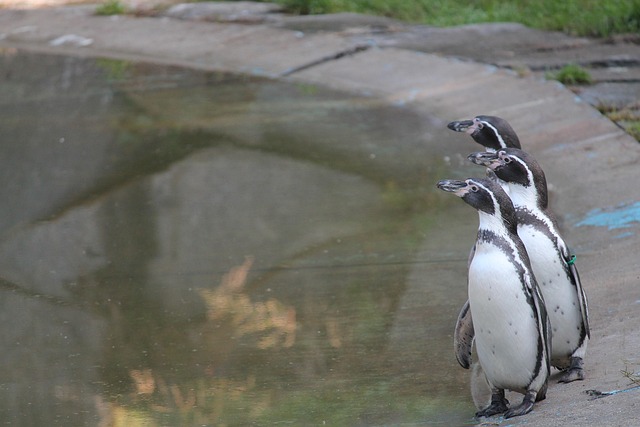In real estate, community is vital for property desirability and longevity. Neighborly interactions through gatherings create vibrant neighborhoods, enhancing quality of life with social support and mutual understanding. Thoughtful design of inviting spaces encourages resident mingling and strengthens neighbor ties. Real estate professionals can leverage community events like potlucks and gardens to enhance neighborhood bonds, address local issues, and ultimately boost property values, contributing to a thriving real estate market.
Community gatherings are more than just social events; they strengthen neighborly ties, a crucial aspect often overlooked in real estate. This article explores three key areas: the power of community connections, creating spaces that encourage interaction, and strategies for building lasting relationships through successful events. Discover how these elements can enhance the overall value of your property and create vibrant, connected neighborhoods.
The Power of Community: Why Neighborly Ties Matter in Real Estate

In the realm of real estate, the concept of community goes beyond mere geographical proximity; it’s a powerful force that shapes the desirability and longevity of properties. Neighborly ties, fostered through community gatherings, play a pivotal role in creating vibrant, thriving neighborhoods. When folks gather, they build connections, forming a tapestry of social support and mutual understanding that enhances the overall quality of life.
These interactions encourage a sense of belonging, where residents become invested in each other’s well-being. In today’s fast-paced world, where hustle and bustle often dominate, community gatherings offer a respite, allowing folks to step away from their daily routines and strengthen the bonds that make neighborhoods unique. Real estate professionals recognize this dynamic; properties within closely-knit communities tend to hold value, as people seek not just a place to live but a sense of belonging and security that neighborly ties provide.
Creating Inviting Spaces: Designing Gatherings for Connection

Creating inviting spaces is an art that can significantly enhance community gatherings and strengthen neighborly ties, especially in real estate settings. The design of these events should prioritize comfort and accessibility, encouraging residents to mingle and interact naturally. Simple touches like cozy seating areas, well-lit paths, and visually appealing decor can transform a gathering space into a welcoming haven. For instance, using local plants or flowers adds a touch of nature, fostering a sense of community and connection to the neighborhood.
Real estate professionals play a crucial role in recognizing these design elements as essential components of successful community events. By curating spaces that promote organic interactions, they can enhance the overall living experience for residents. This approach not only strengthens the bond between neighbors but also contributes to a vibrant and cohesive community atmosphere, which is highly sought after in today’s housing market.
Building Lasting Relationships: Strategies for Successful Events

Community gatherings play a pivotal role in building lasting relationships and strengthening neighborhood bonds, which is music to any real estate professional’s ears. Successful events create opportunities for residents to connect on a personal level, fostering a sense of community that can significantly enhance property values. One key strategy is to encourage interactive activities that promote collaboration. Potlucks, community gardens, or team sports tournaments not only bring people together but also create shared experiences, forming stronger connections.
Additionally, providing platforms for open dialogue and feedback helps address local concerns and creates a sense of collective ownership. Regular meetings or online forums can facilitate this, ensuring that everyone feels involved and invested in their neighborhood’s future. These strategies not only build a stronger community but also contribute to a positive living environment, making areas more desirable for potential homebuyers or tenants, which is highly beneficial for the local real estate market.






